Lunar New Year, one of the most significant holidays in many Asian cultures, marks the beginning of the new year in the Chinese lunisolar calendar, which is based on both the moon and the sun. Months start when the moon is not visible in the night sky, and the new year begins on the new moon closest to the midpoint between the winter solstice and the spring equinox.
Seattle Central College (SCC) hosted a large Lunar New Year event for students to celebrate the occasion. Learning about how different cultures observe the holiday was meaningful to many attendees. The event featured food, lively music, and Mahjong (mah-JONG), a traditional Chinese game. Guests were served spring rolls filled with pork, carrots, and mushrooms, along with a vegetarian option.
The highlight of the celebration was the lion dance, a cultural tradition in China and other Asian countries. The lion dance is typically performed during Lunar New Year, weddings, and festivals to bring good luck and fortune.
Lion dances vary by region, with two main styles in China: Northern and Southern. Northern lions are modeled after native dogs in northern China and are distinguished by different color combinations. Yellow represents the wise lion, red and black symbolize the courageous lion, and black and green represent the fighting lion. Northern lions typically have orange and yellow fur, while Southern lions have heads shaped like dragons.
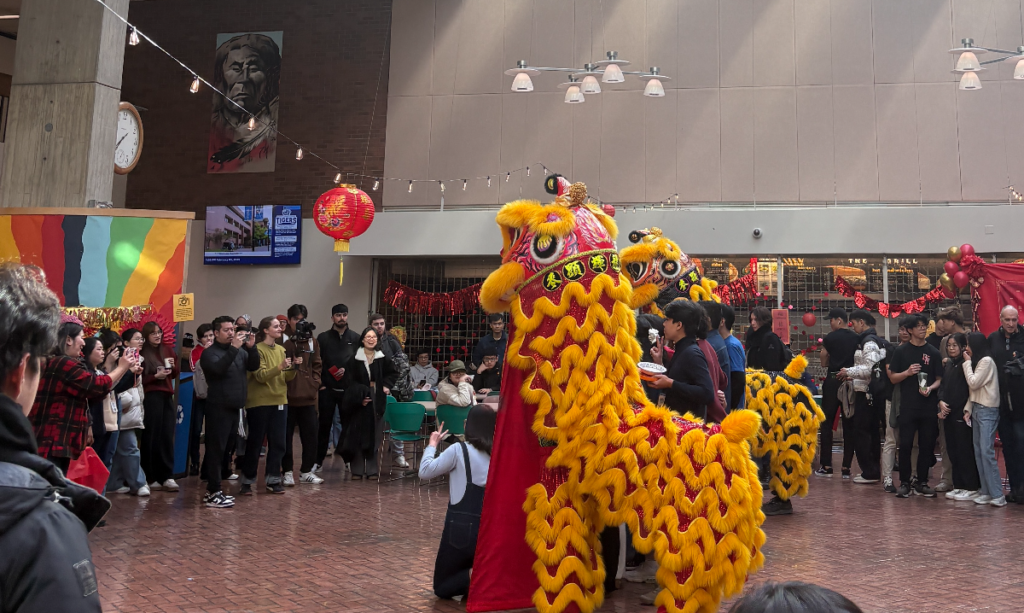
Other Asian countries have their own unique ways of celebrating Lunar New Year, with different foods and traditions.
China
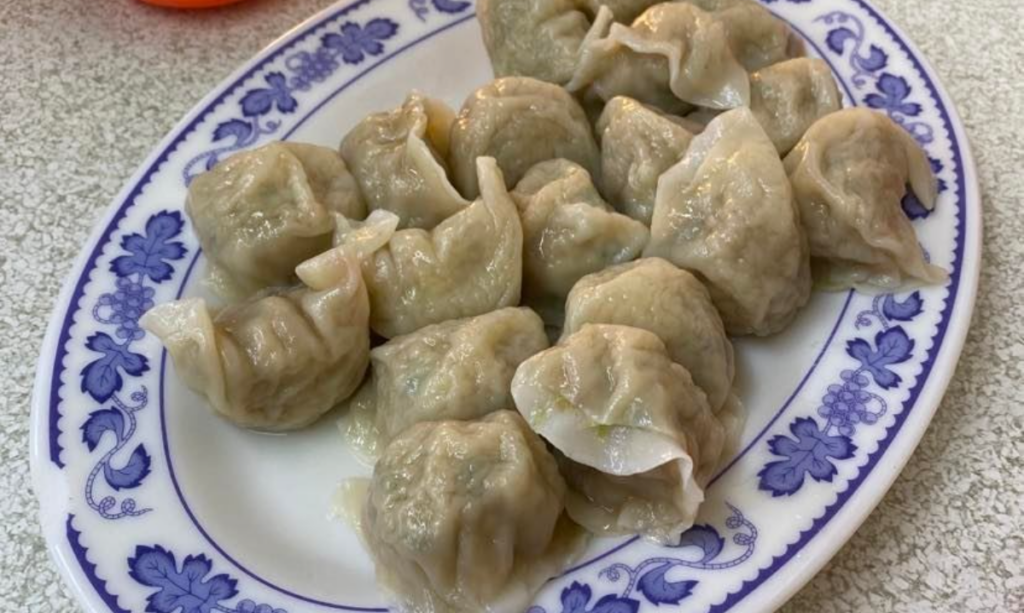
Lunar New Year in China has ancient roots in agriculture. People often eat fish, which symbolizes surplus or abundance, along with moon-shaped rice cakes and dumplings. The Lantern Festival follows, featuring parades, dances, and fireworks.
Vietnam
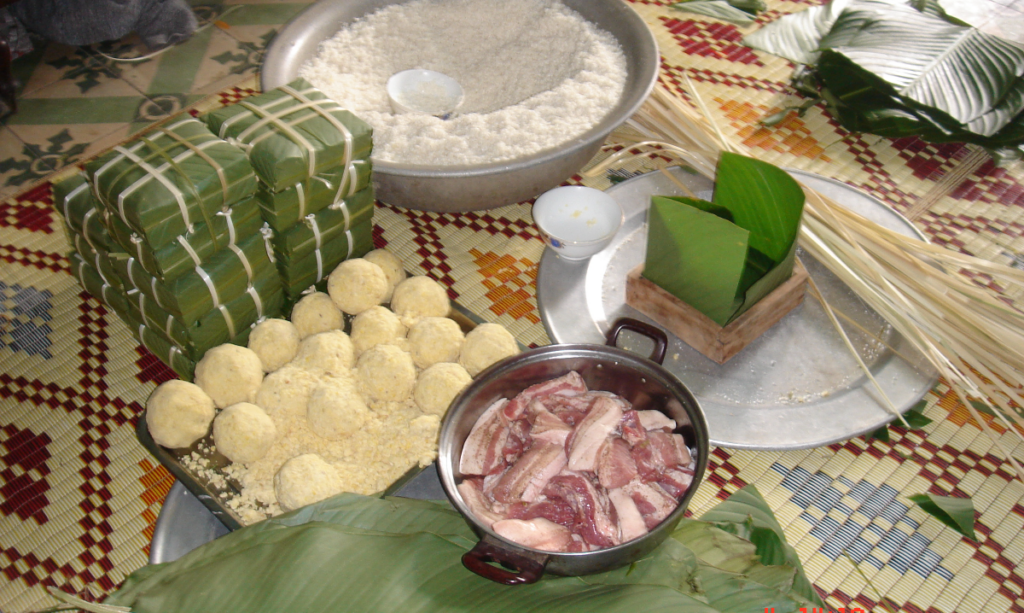
In Vietnam, homes are decorated with kumquat trees and flowers. Families honor their ancestors with a five-fruit platter and celebrate with bánh chưng, a rice cake made with mung beans and pork, wrapped in banana leaves.
Korea
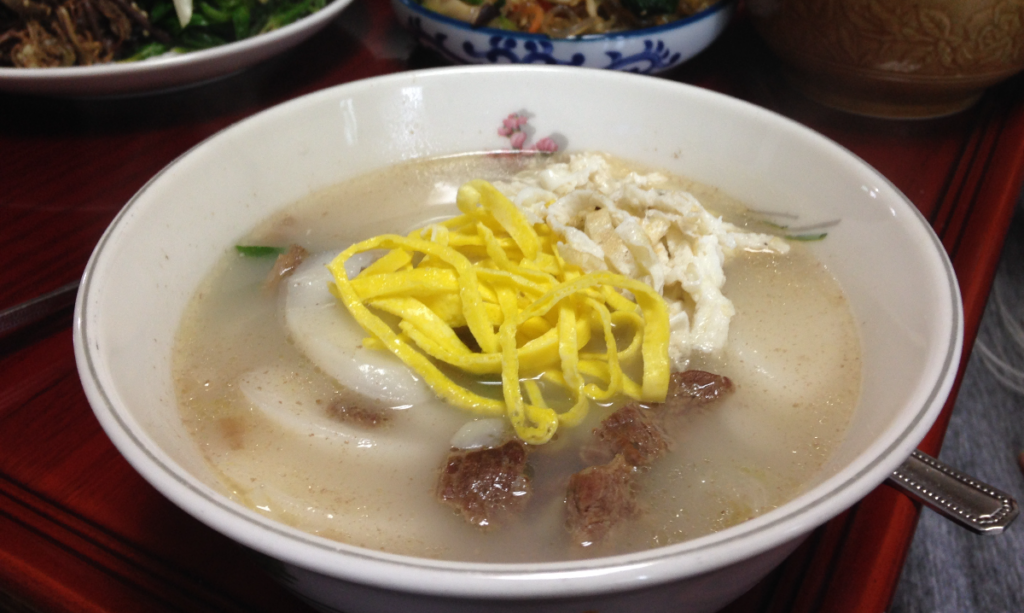
In Korea, the Lunar New Year is called Seollal. Families eat tteokguk, a rice cake soup symbolizing the start of the year with a clean mind and body. Elders give New Year’s money in white envelopes, unlike the red ones used in China and Vietnam.
While different cultures celebrate Lunar New Year with distinct customs and foods, the holiday is much more than just the arrival of a new calendar year. It symbolizes hope, renewal, and the opportunity for families to come together, honor traditions, and connect across generations. Lunar New Year transcends borders, serving as a powerful reminder of new beginnings and the timeless bonds that unite us all.

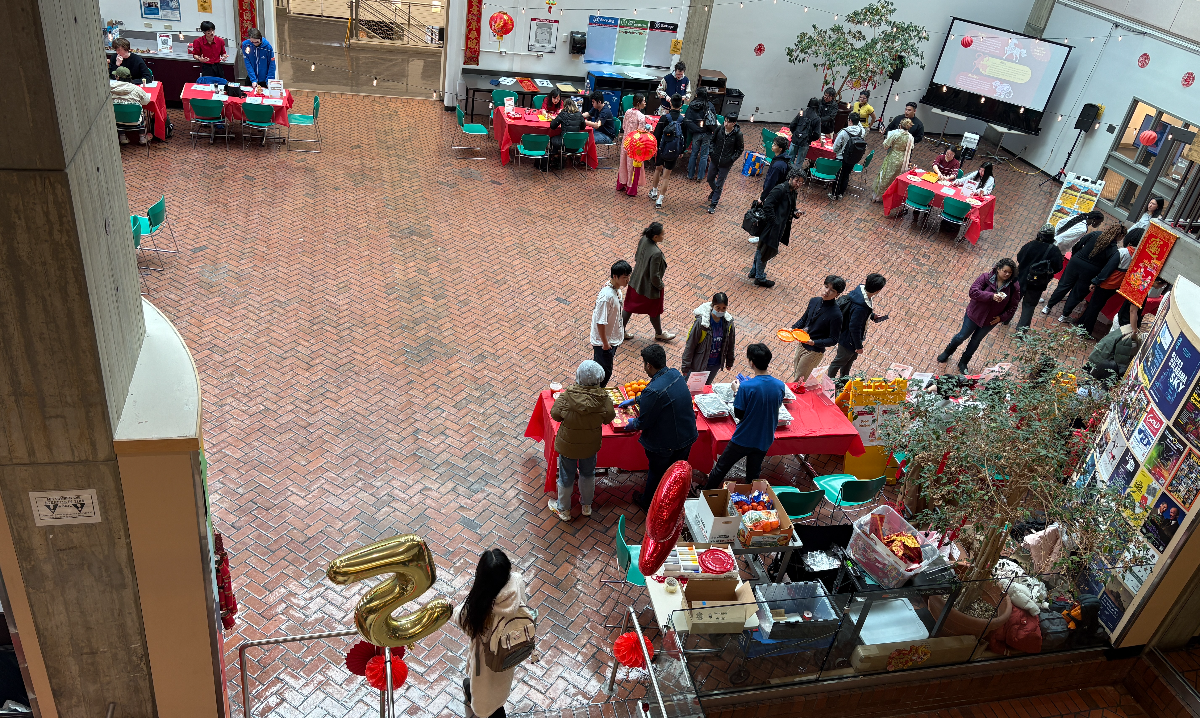
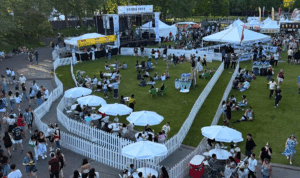
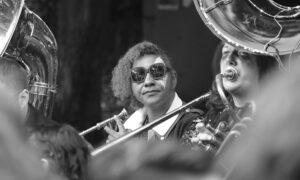
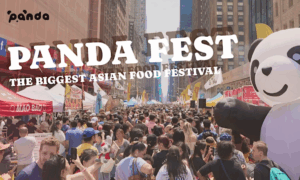







Be First to Comment